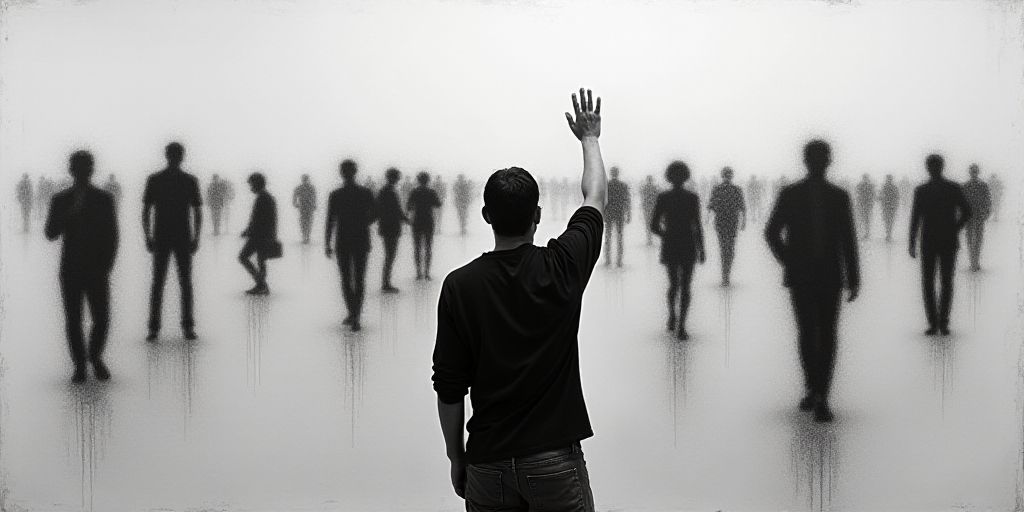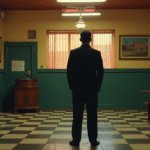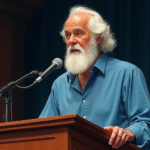Introduction
Sebastião Salgado, a renowned Brazilian photographer celebrated for his monumental black and white images of the Amazon rainforest and global conflicts, passed away on May 23 at the age of 81. The news was announced by the French Academy of Fine Arts, where he had been a member since 2016.
Early Life and Career
Born on February 8, 1944, in Aimorés, a rural town in Minas Gerais, Brazil, Salgado later moved to France in 1969 to escape the military dictatorship, bringing along his future wife, Lelia Wanick, with whom he had two children.
Photographic Style and Themes
Salgado, who had an economics background, primarily worked in black and white. He viewed photography as a powerful language to foster better relationships between humans and nature, emphasizing human dignity through his work.
- His photographs documented famines, wars, exoduses, and labor exploitation in the developing world.
- His images were featured in international press and prestigious magazines like Life and Time.
- He published numerous books and organized countless exhibitions, particularly in Paris where he spent a significant part of his life.
Health Challenges and Legacy
In 2010, while working on his Genesis project in Indonesia, Salgado contracted a specific form of malaria. Fifteen years later, complications from this illness led to severe leukemia.
His family reported that Salgado’s work served as a “great witness to human conditions and the state of our planet.” From Rwanda to Guatemala, Indonesia, and Bangladesh, he documented humanitarian crises and labor exploitation.
Salgado believed in photography’s potential to establish a harmonious relationship between humans and nature, leaving behind an extensive body of work that continues to inspire and provoke thought.
Key Questions and Answers
- Who was Sebastião Salgado? Sebastião Salgado was a celebrated Brazilian photographer known for his black and white images capturing the Amazon rainforest, global conflicts, and humanitarian crises.
- What was his background? Born in Minas Gerais, Brazil, Salgado later moved to France in 1969 due to the military dictatorship. He had an economics background and primarily worked in black and white.
- What were his photographic themes? Salgado documented famines, wars, exoduses, and labor exploitation in the developing world. His images were featured in international press and prestigious magazines.
- What challenges did he face? Salgado contracted a specific form of malaria in 2010 while working on his Genesis project in Indonesia. This illness later led to severe leukemia.
- What was his legacy? Salgado’s work served as a powerful testament to human conditions and the state of our planet. He believed in photography’s potential to establish a harmonious relationship between humans and nature.






